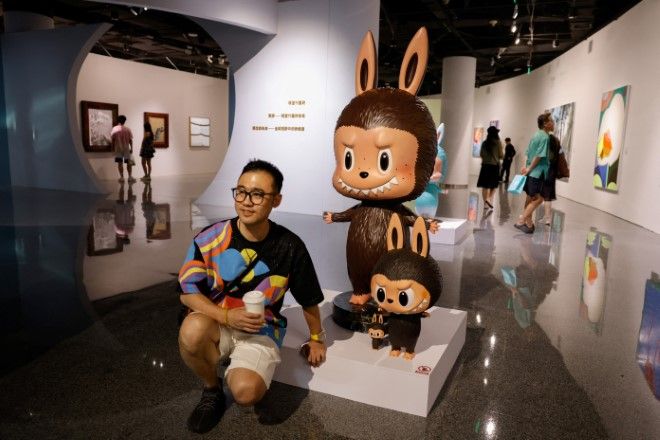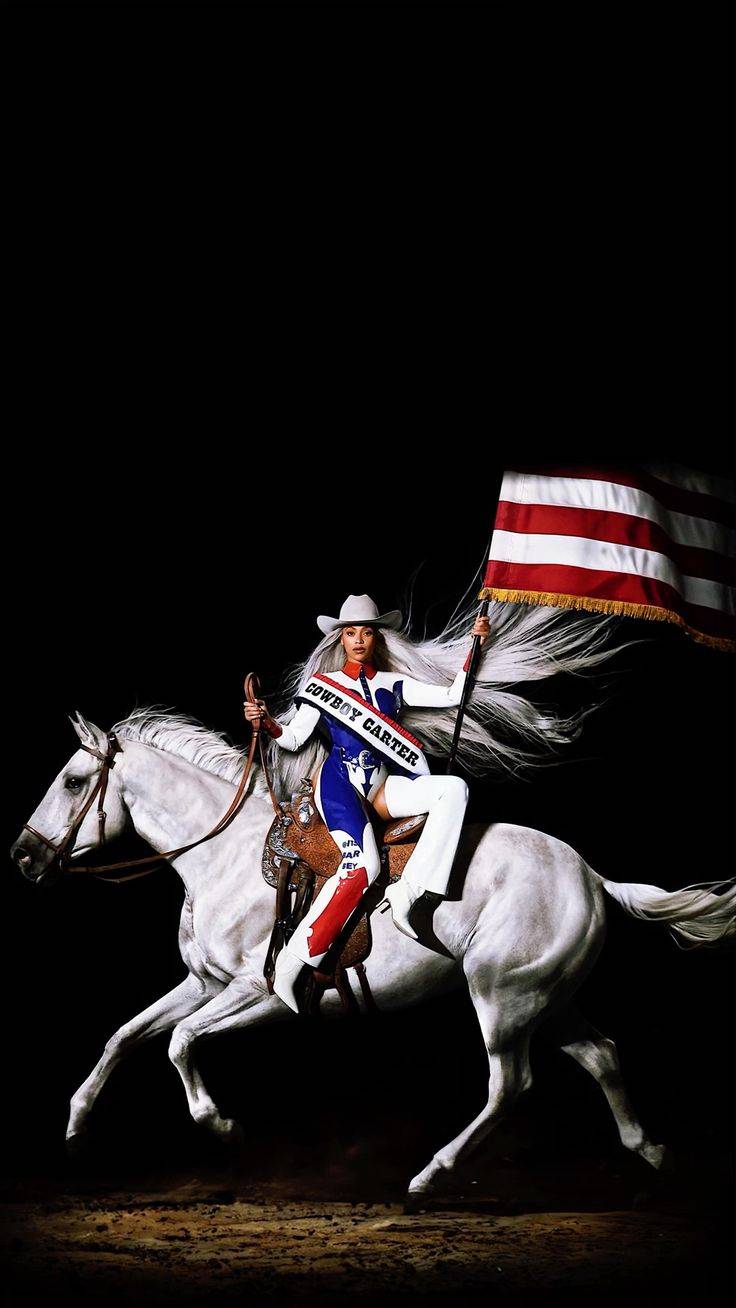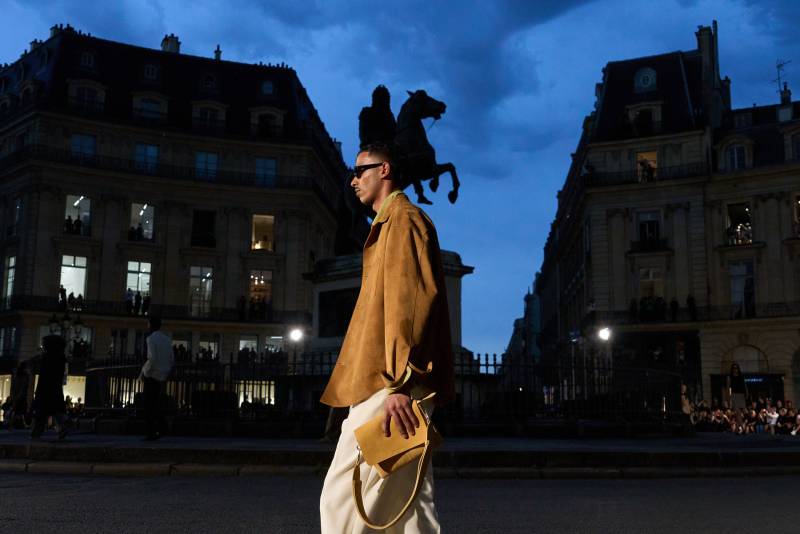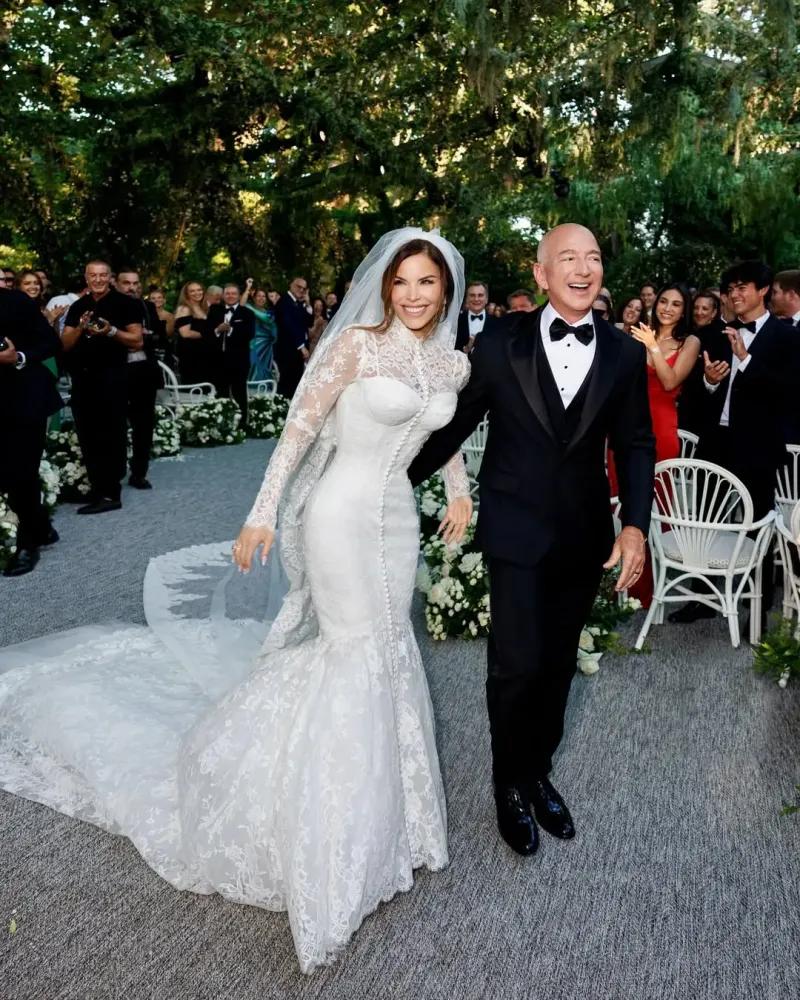In a groundbreaking sale that underscores the meteoric rise of designer collectibles, a one-of-a-kind, human-sized Labubu figure sold for a staggering 1.08 million yuan—approximately $150,275—at a Beijing auction on June 10, 2025. This remarkable transaction, held at Yongle International Auction, marks a new benchmark for Pop Mart’s famed "blind box" phenomenon. The centerpiece of the auction, a striking 131 cm (4.3 ft) mint-green Labubu statue, was the only one of its kind in existence. Created by Hong Kong artist Kasing Lung a decade ago and later marketed by Pop Mart in 2019, this colossal figure captivated bidders both in person, around 200 attendees, and online, where over 1,000 people competed via the auction house’s mobile app. The auction concluded with a cumulative haul of 3.73 million yuan (~$518,000), spurred on by the global demand for rare collectibles.

Read Also: Artist Leilah Babirye : My Sculptures Are Human Beings

Labubu, an elf-like toy characterized by its mischievous grin, oversized eyes, and playful yet eerie design, owes much of its cult following to celebrity endorsements. Blackpink’s Lisa was spotted with a Labubu key‑chain in 2024, igniting a viral trend that drew attention to other stars like David Beckham, Dua Lipa, and Rihanna—all seen flaunting the collectible in social media posts.
The allure of blind-box toys lies in their rarity and the thrill of the unknown. Shoppers only discover which Labubu variant they've received after purchase, making rare and limited-edition versions especially coveted. The human-sized mint-green figure wasn’t just rare; it was unique. Other high-end pieces, like a 2017 PVC set titled “Three Wise Labubu,” also fetched impressive sums—510,000 yuan (~$62,143)—adding further prestige to the auction lineup. Yongle’s auction, traditionally focused on modern art and jewelry, marked its inaugural event dedicated solely to Labubu collectibles. The auction attracted substantial interest not only from domestic investors but also from international collectors from Taiwan, Singapore, and Indonesia. Zhao Xu, Yongle’s founder, noted that these toy figures "are closer to art than merchandise," reflecting a paradigm shift in how collectible culture is evolving.
Pop Mart, the Chinese toy powerhouse behind Labubu, has been credited with transforming the purchase of toys into a form of fashionable indulgence for young adults. Blind-box sales peaked in the company’s halfway financial report of 2024, generating an astounding 6.3 billion yuan (~$870 million) in revenue. Such explosive growth confirms Pop Mart’s strategy: create scarcity, amp demand, and continually refresh the market with collaboration lines—from Coca‑Cola to One Piece—fostering a frenzy that spans across Asia’s burgeoning consumer landscape†. This latest auction raises critical questions about the fine line between nostalgia and speculative investment. What was once a $50 impulse buy at Pop Mart has rapidly transformed into a multi-thousand-dollar—or even six-figure—investment. Critics argue that the blind-box model leverages psychological incentives similar to gambling. However, supporters counter that such high-profile sales validate the artistic and cultural value of designer collectibles.
What does this mean for collectors? First, extreme rarity can drive prices to unexpected heights. A life-size figure or rare variant can leap from hundreds of dollars to six figures when unique or one-of-a-kind. Second, celebrity influence significantly boosts value; Labubu's association with Lisa and Beckham elevated its desirability. Third, international demand means that rare Pop Mart items may now attract global competitive bidding. As more artists and big-name brands collaborate—Case in point: the K‑pop group Seventeen's charity auction with Pharrell Williams featuring 14 custom Labubu dolls—further record-breaking sales seem inevitable. These collaborations hint at a growing trend: collectible toys are becoming a crossroads of fashion, entertainment, and investment culture. The $150,000 Labubu auction isn't just a headline; it’s a wake‑up call. As collectible toys continue their evolution into high‑value assets, the next generation of buyers and investors will need to blend artistic appreciation with market-savvy strategies. Whether driven by fandom, fashion, or finance, the world of designer collectibles has officially entered a new era—one where the humble blind-box toy can stand shoulder-to-shoulder with traditional art in the auction room.



